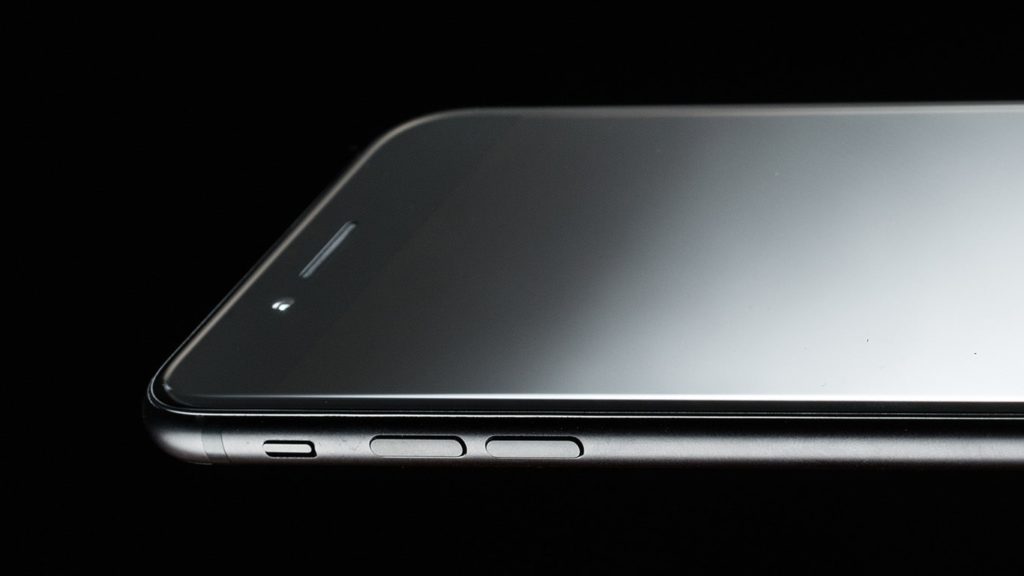
So, you want to install and use VPN on iPhone? Perfect! This guide is for you – we will explain the procedure of setting up a VPN on the iPhone using iOS 13. We will also demonstrate a likely easier method, installing a dedicated VPN iOS app. Before you start, you need to either buy a VPN, get the credentials from your workplace, school, or get a free VPN. You can even create your own server using a router with a VPN. You must use one of the VPN protocols supported by iPhone natively, which will be listed below. To sum it up, obtaining Virtual Private Network credentials is a prerequisite. Got that done? Here’s how to setup VPN on iPhone now.
How to choose a VPN provider for your iPhone
Before you install a VPN on your iPhone, it’s important that you know which service to employ. There are many VPN providers available in the market. But unlike common misconceptions, not all VPNs are created equal. Thus, a person should be careful with his choice when he is set to use the VPN, as most prominent services are costly. Here’s what you must look for in a VPN before you use it on your iPhone:
Jurisdiction
The very first thing you should look into is the service provider’s headquarters. Depending on the jurisdiction, VPNs can differ in how they ought to handle your data. Some countries require VPN services to comply with the authorities and share customer data, while some have strong privacy laws that favor users.
Logging Policy
Next, you should look at the logging policy the VPN adopts. The logging policy dictates what data a VPN service provider retains and for how long. Ideally, you’d want the provider to not hoard any data. But there are some VPNs that store too much data and even sell them for profit.
Security Features
After that, you have to look at the security features offered by the provider. A VPN has to be safe. Hence, it should utilize methods such as AES encryption to protect your web traffic and the latest VPN protocols like WireGuard to ensure privacy.
Customer Support
Customer support also plays an equal role in deciding what VPN to get. A good provider will have a dedicated customer support team that should be available 24/7 to remedy your issues.
Pricing
And lastly, we have pricing, which is arguably the most important aspect of a VPN. A VPN that costs a lot won’t be attractive to anyone, while a free VPN won’t be useful. Hence, you have to find a balance and value for money option.
Methods to Setup a VPN on iPhone
1. Manually setup VPN on iPhone
Follow these steps to add VPN on your iPhone using iOS 13:
- Go to Settings.
- Select General, then scroll and find the VPN option and tap on it.
- Tap on the Add VPN configuration option.
- Tap on the Type option.
- Select a VPN protocol supported by iPhone that your VPN provider also supports. Ask them if you’re in doubt. There are 3 available: IKEv2, L2TP, and IPsec.
- We recommend IKEv2 since it’s close to OpenVPN security-wise, but doesn’t require a third-party application. For more information, read how does a VPN work?
- In the Description field, enter any name for your VPN connection.
- In the Server field, enter an IP address or a DNS name sent to your VPN provider.
For example, 255.100.100.110:455 or something like brazil.vpnprovider.com. - Skip Local ID unless otherwise specified.
- For the User Authentication, you’ll most likely leave it with Username.
- For Username and Password, enter the login credentials given by your VPN service provider.
- Leave Proxy on Off unless specifically instructed otherwise.
- Tap on Done in the upper right corner.
- If you have more than one VPN connection listed, make sure there’s a checkmark in front of the one you added. If not, tap on it to select it.
- Toggle the Status switch icon to the On position. It will turn to Connected, and you’re ready to browse the Internet securely, as well as bypass VPN blocks effortlessly.
2. Install a third-party VPN application
Here’s an alternative way to enable VPN functionality on your iPhone. It’s also arguably the easier way to hide your IP with a VPN. First of all, to change a VPN server, you don’t need to edit things manually. You only need to select a location and connect, and the app will do it automatically. It’s also much simpler and faster to change a VPN on iPhone if you don’t like a VPN provider or their app. Follow method 2 in that guide for instructions on installing NordVPN for iPhone. If you want a different one, here’s a list of the 10 best VPN for iOS you can pick – the steps should be very similar.
Those were the two primary methods to install and configure a VPN on your iPhone. They both have pros and cons but work equally well, so choose whichever fits your needs best.
